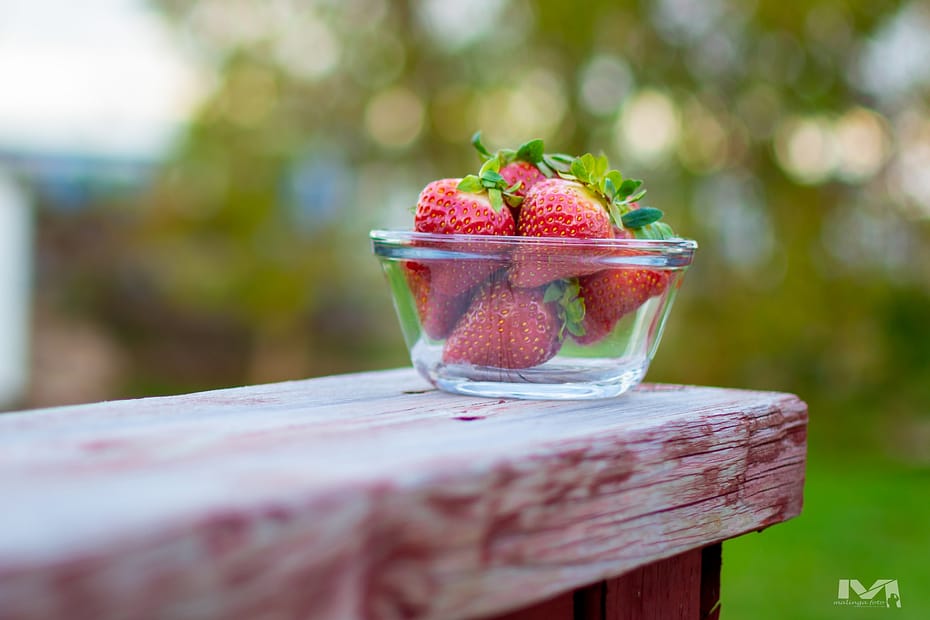There are so many techniques in photography that help the photographer to make an otherwise dull photograph into something pleasing to the eye. Photographers use color, composition and even focus to not only make photographs exciting but also to put the focus on the subject. One such technique is to keep the subject in focus while distracting parts of the picture are blurred out. Commonly used in portrait photography, this focusing technique is where the subject is in sharp focus, and the background is out of focus. This shallow depth of field technique is called bokeh.
Derived from the Japanese word boke which means blur, bokeh is the result of diffracted out of focus highlights in the background (bokeh is different from blurry pictures). Since bokeh is based on highlights, it is most prominent in pictures that are backlit with nodes of highlight areas in them. For example, putting your subject in front of a lit Christmas tree and throwing the background out of focus will create beautiful bokeh because of the small nodes of high lights generated by the lights.

Bokeh is more than out of focus highlights. The quality and intensity of the bokeh can be awful or beautiful. Aesthetically pleasing bokeh is when the highlights in the background create nodes of light that are circular and have smooth edges. The blur of the bokeh should be pronounced at the center and fade out at the edges. In other words, the nodes of light should not be solid dots the outer areas of the dots should fade out into the background.
How do you achieve beautiful, soft and dreamy bokeh? Apart from choosing the right background, one with dappled highlights, several other factors need to be considered to get the right blur. These factors are aperture, the distance between the lens, subject, and background and focal length of the lens.
Aperture.
Aperture refers to how open or closed the lens is. It ranges from f1.2 on the wide side to f22 small side. Aperture is what determines how deep the area of focus will be. The general rule is that the bigger the aperture, the shallower the depth of field will be and vice versa. For example, if you set your aperture at f2.8, the area in focus behind your subject will not be that deep. On the other hand, if you close your lens down to f16, the area of focus will be deeper.
To achieve good bokeh, you, therefore, need to limit your depth of field by using a wide aperture. This is where lens choice comes in because not all lens can be opened up wide enough. A lens that has a maximum aperture of f5.6 won’t give you the necessary shallow depth of field. You will need a fast lens, which means a lens that can open wider, that can open to f2.8 or wider. A fast lens will not only give you the desired shallow depth of field but also give you the desired circular nodes of highlights (note the faster the lens, the more expensive it is).
Distance between the lens, subject, and background.
Now, this may seem contradictory. Opening your lens wide does not necessarily mean that you will have a shallow depth of field. The distance between the lens, subject and background have an impact on the depth of field you will get. The image below was taken with a wide-open lens which should have thrown the background out of focus. However, as you can see the image is within acceptable focus because the distance between the lens and the subject was wide. If you open up your lens and still find that the background is not as blurry as you wanted, try to reduce the distance between the lens and the subject. You will notice that the more you move closer to the subject the more the background gets out of focus.

Another factor to consider is the distance between the subject and the background. Let’s assume that you have moved as close to the subject as the composition allow and the background is still not as blurry as you would like; then you should consider the distance between your subject and the background.
This relationship works in the opposite way to the lens to subject relationships. In this relationship the further away the background is to the subject the more blurred it is. When you are closer to the subject, the depth of field behind the subject gets shallower. For example, if you are shooting a row of trees the more you move closer and focus on the first tree the trees behind it will get more out of focus. There is a scientific explanation behind this, but that is not our focus; all we need to know is that distance affects the depth of field which in turn creates blur.


Focal Length
Lenses see differently at different focal lengths. A lens at 18mm will not yield the same look as a lens zoomed in to 120mm. A lens zoomed in will compress the image (objects that are far away will appear closer to foreground) while when zoomed out it will have an opposite effect. By compressing the background, when zoomed in, the distance between the objects in the background and foreground will appear shorter. Objects in the background will, therefore, appear bigger. The magnifying effect of the zoom lens will affect the depth of field of the image and hence the blur in the background.

To get better-looking bokeh, therefore, the lens needs to be zoomed, and if you combine this with a wide open lens, the results will be even better. For example, if you shoot with a focal length of 85 mm at f2.8 the combination of a wide aperture, which reduces the depth of field, and the compression effect of the 85 mm focal length will create a soft and smooth bokeh.
Final Thought
Even though these techniques will help you create beautiful bokeh, the ultimate factor on the quality of the bokeh is the lens. As is always the case in photography the lens you use does ultimately affect the quality of the picture. This is the reason why some lenses are cheap, and others are pricey. With bokeh the design of the lens aperture, its shape and number of the blades will affect the aesthetic appearance and quality of the bokeh. This never the less is nothing to worry about as the people that are concerned with the nuances of bokeh are other photographers. Most people won’t closely examine the shape of the bokeh; they are just happy that it’s there.
- Adobe Firefly: Artificial Intelligence Revolution - April 4, 2023
- Why Lumina Neo Is Worth Buying - June 20, 2022
- Galaxy S22 Ultra: Camera Phone for Photographers - April 13, 2022

